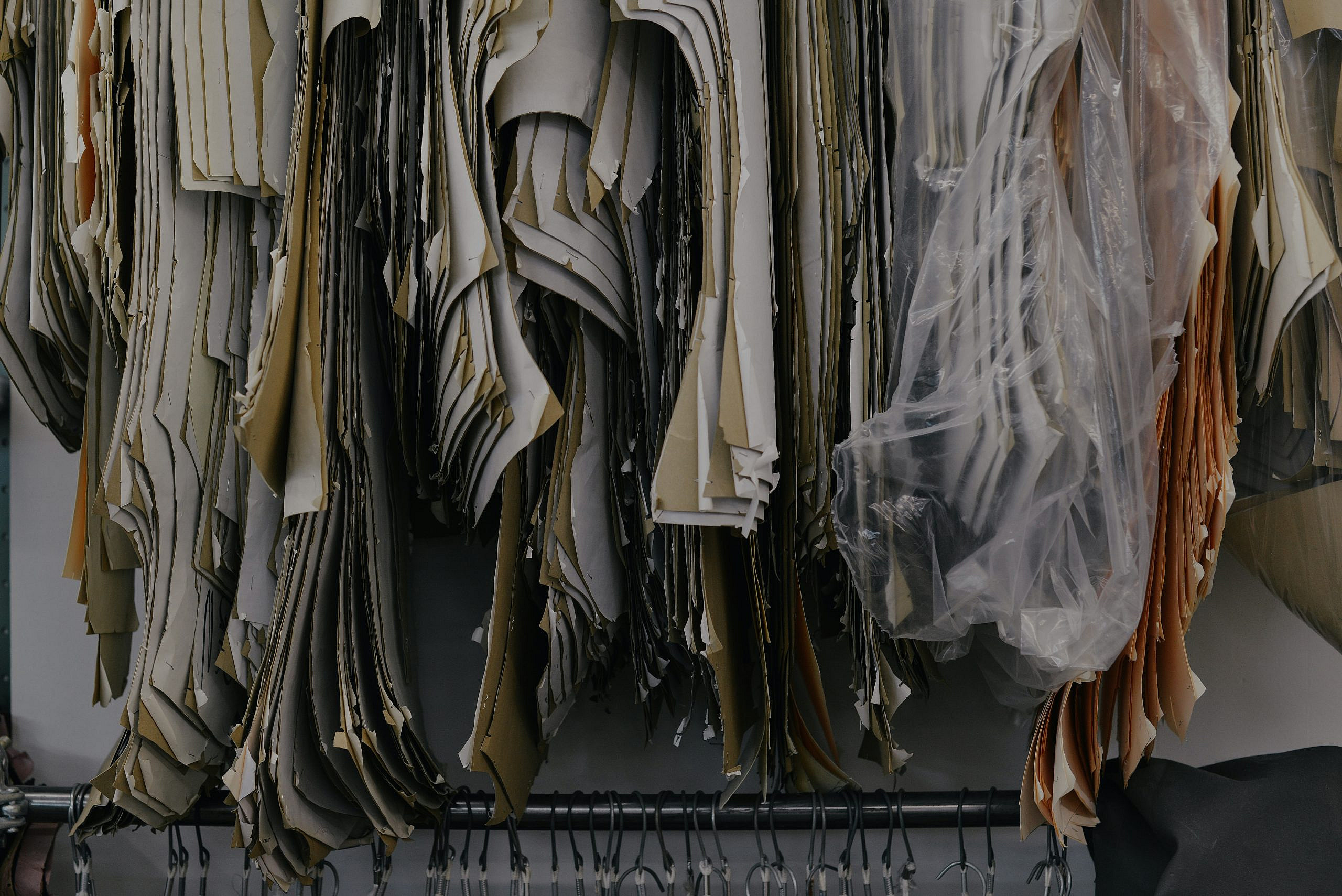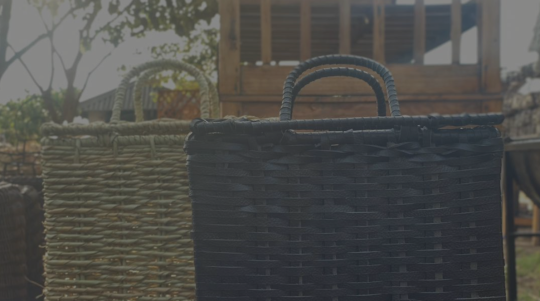From the disorder of the 19th century to today’s clean and more sustainable tanneries, the treatment of leather’s come a long, long way.
The tanning industry suffers from an undeserved hangover from years past. As in most pioneer industries, little was known about environmental effects. In medieval times, tanneries stood on the edge of towns and cities. Now they are clean enough to live in the heart of society, and still they are making improvements.
Tanning turns cowhides into useable leather. Essentially, it changes the structure of the collagen to make it resistant to the microbes that cause rotting.
The two main types of tanning, vegetable and chrome, are very different. Vegetable tanning has been used for thousands of years, but following its invention in the mid-19th century, chrome tanning became the most widely used technique.
Vegetable tanning used to be a very long process, taking months, or even years, of repeatedly soaking skins in vats of tanning solution. It was very water intensive. It can now be completed in a matter of days.
Chrome tanning can be completed in a matter of hours.
There is a lot of confusion about the dangers of chromium. The type used in tanning, chromium III, is an essential element that aids human metabolism. Chromium VI, which is not used in tanning, can be carcinogenic if inhaled.
There are four main ways of cleaning the water. Filtration techniques have become more sophisticated and will easily remove chromium (iii) for reuse. Evaporation has the same effect and is particularly effective for the removal of salt, as it leaves heavier elements behind. Coagulants can be added to the water which bind with waste to leave a sediment which can be safely disposed of. And naturally occurring bacteria can be used (pseudomonas stutzeri is one of the most effective) to clean water by consuming elements disruptive to the environment.
Chrome tanning creates leather that is easy to work with and holds dye well, so it can be almost any colour. It can also be split very thinly, for the production of very delicate goods.
Vegetable tanned leather is altogether more rustic. It doesn’t hold dye well and cannot be split as thinly. It is better used for sturdier constructions that show off the natural characteristics of leather.
So how have techniques improved since the old days? They have improved drastically. The whole process has become cleaner, more sustainable and much more pleasant to work in.
The volume of salt, which is mainly used to preserve hides during transportation to tanneries, has been dramatically reduced. In the US, a brine is now used instead of pure salt. This allows the salt to penetrate the hides better, making it more effective while using less.
An alternative to this salting is ‘wet bluing’. This is the initial tanning of the hides before transportation to the finishing tanneries. For some tanneries, the magic formula is in the initial tanning. These often prefer a raw, salted or brined hide so that they can control the tanning process from start to finish.
And the water that is used in the tanning process can now be cleaned. Processes have been refined so much recently that the amount of water used has reduced by 35% in the last 25 years. And, with the reuse of water and the refining of techniques, that reduction is continuing.
There are four main ways of cleaning the water. Filtration techniques have become more sophisticated and will easily remove chromium (iii) for reuse. Evaporation has the same effect and is particularly effective for the removal of salt, as it leaves heavier elements behind. Coagulants can be added to the water which bind with waste to leave a sediment which can be safely disposed of. And naturally occurring bacteria can be used (pseudomonas stutzeri is one of the most effective) to clean water by consuming elements disruptive to the environment.
The independent Leather Working Group awards tanneries Gold, Silver, Bronze or Audited status in conjunction with United Nations Sustainable Development Goals and using evaluation criteria developed with the WWF and Greenpeace. This is a great way to ensure they keep sustainability at the heart of everything they do.
The tanning industry has made huge strides recently, and that’s not the end. Techniques are still advancing. An exciting new way to way to reduce water consumption is by adding small polymer balls (trade name sFeres) to the tanning solution. This drives the solution deeper and more uniformly into the hide, cutting water use by a further 30-40%. The sFeres can be used hundreds of times and can be recycled when no longer useable.
New technology like this, coupled with ever greater efficiency, continues to drive the tanning industry to an even cleaner, even more sustainable future.








